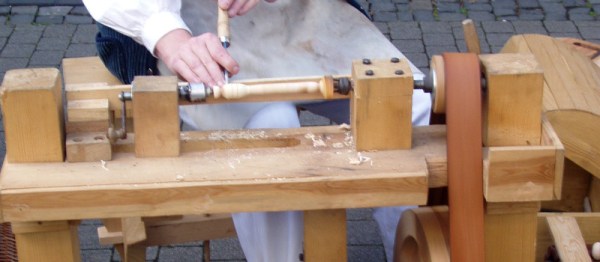As a Hackaday writer, I see a lot of web pages, social media posts, videos, and other tips as part of my feed. The best ones I try to bring you here, assuming of course that one of my ever-vigilant colleagues hasn’t beaten me to it. Along the way I see the tropes of changing content creator fashion; those ridiculous pea-sized hand held microphones, or how all of a sudden everything has to be found in the woods. Some of them make me laugh, but there’s one I see a lot which has made me increasingly annoyed over the years. I’m talking of course about the craftsman myth.
No. The Last True Nuts And Bolts Are Not Being Made In Japan
If you don’t recognise the craftsman myth immediately, I’m sure you’ll be familiar with it even if you don’t realise it yet. It goes something like this: somewhere in Japan (or somewhere else perceived as old-timey in online audience terms like Appalachia, but it’s usually Japan), there’s a bloke in a tin shed who makes nuts and bolts.
But he’s not just any bloke in a tin shed who makes nuts and bolts, he’s a special master craftsman who makes nuts and bolts like no other. He’s about 120 years old and the last of a long line of nut and bolt makers entrusted with the secrets of nut and bolt making, father to son, since the 8th century. His tools are also mystical, passed down through the generations since they were forged by other mystical craftsmen centuries ago, and his forge is like no other, its hand-cranked bellows bring to life a fire using only the finest cedar driftwood charcoal. The charcoal is also made by a 120 year old master charcoal maker Japanese bloke whose line stretches back to the n’th century, yadda yadda. And when Takahashi-san finally shuffles off this mortal coil, that’s it for nuts and bolts, because the other nuts and bolts simply can’t compare to these special ones. Continue reading “Exploding The Mystical Craftsman Myth”












